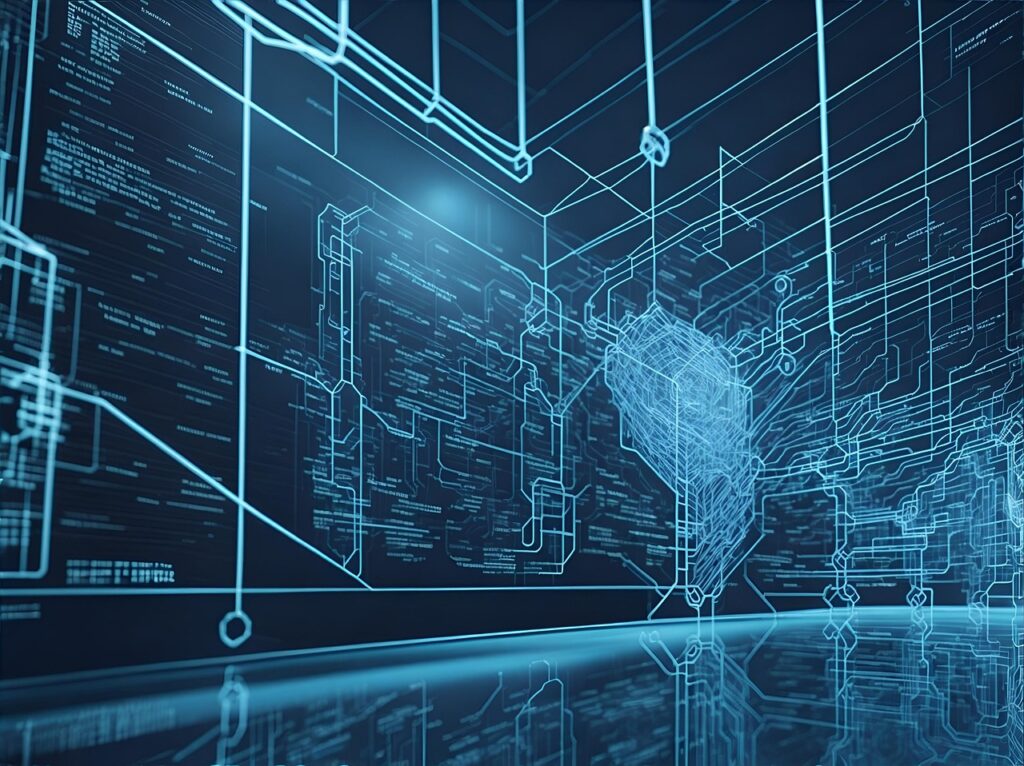The nature of higher education is changing. In the wake of the coronavirus pandemic, e-learning courses and virtual learning environments are a norm that doesn’t appear to be going away anytime soon. As universities and students require more secure, adaptable systems to handle digital classrooms, the potential of blockchain is undeniable.
When the pandemic initially hit, around 1,100 universities and colleges across the U.S. shifted to an entirely virtual approach. For administrators to effectively navigate digital systems of student billing, payment, coursework, and grades, a decentralized and secure approach are more necessary than ever.
But can blockchain and higher education make a useful and stable connection? How would the application of this fintech help students succeed in an online environment?
We’ll explore this connection here.
The Increasingly Virtual Nature of Higher Education
Across the board, education now occurs primarily online for all kinds of students. From kindergarten to college, students are engaging with tech at unprecedented levels as they navigate their coursework, grades, and assignments all through virtual classroom platforms. This means a heavy reliance on applications like Zoom, as well as cloud networks for data storage and management.
Institutions of higher education, including trade schools, all have had to adapt with their own solutions in providing these platforms. But balancing technology with real-world solutions to the challenges faced by institutions and by students is a difficult task. Students attempting to engage with virtual coursework face myriad challenges. Here are some of the most common ones:
- Technical difficulties
- Distractions and managing a schedule
- Understanding expectations set in an unclear virtual environment
- Adapting to new and unfamiliar tech
- Staying motivated
Such challenges increasingly require coursework that teaches successful learning in the era of technology—education directed towards teachers and students alike that helps them thrive in the new virtual higher-learning environment. To make this task more possible, the right technological tools are required.
In the wake of the pandemic, cyberattacks are up by as much as 400%. Maintaining a higher education under this assault on data means the technology that schools apply has to maximize protections while allowing students to seamlessly log on and interact from anywhere. The continuation of higher education depends on such innovation.
That’s where blockchain comes in. Despite the volatility in values for cryptocurrency blockchains like Bitcoin and Ethereum, blockchain itself can offer the kind of stability necessary for success in higher education.
The Role Blockchain Can Play
Blockchain stands out as a technology that can cover all the needs of the new education system. As a decentralized database of information secured through cryptographic links, blockchain is uniquely capable of offering the security and privacy required of modern education platforms, along with accessibility. Blockchain gives educators exciting new opportunities, and with all the challenges of pandemic learning, little is needed more.
Blockchain systems can become an integral part of higher learning. The potential of these systems to improve virtual education is undeniable and prominent in three essential areas of the educational process. These areas are:
- Accreditation
Obtaining verifiable credentials is the key factor that is keeping higher education worthwhile for millions of students. In the virtual world, these credentials are at risk, however, from fraud and cyberattacks. Blockchain can change that.By storing credential information on immutable blockchains that clearly stamp time records and details, schools have the ability to track and verify student achievements like never before. This is vital in maintaining the value and continued functionality of higher education for everyone.
- Collaboration
Because of their decentralized nature, blockchains allow for free sharing of information on a secure and accessible platform. The value of such a free-flowing marketplace of data is essential for educators who must share texts and resources with their students.Since the virtual shift, these students now are participating from their homes all over the world and no longer necessarily congregate at all on campus. Blockchains ensure that collaboration can still take place in every aspect of education—from smart contracts for financial aid agreement to resource sharing.
- Security
Modern data is constantly under siege. In higher education, this puts student and faculty personal information at risk as well as the intellectual property that universities rely on to generate curricula and engagement.
Blockchains keep this information protected through their unique composition. By linking data nodes across cryptographic hashes, blockchains keep would-be hackers out unless they can somehow generate the computational power to decrypt the entire chain.
With such vital aspects of higher education at risk, blockchain systems can step in to revitalize virtual learning. Blockchain can provide maximum protection for student data and institutional intellectual property. Right now, the viability of the university accreditation process is perhaps the only thing sustaining higher education. Blockchain data communication can help secure this process while simultaneously increasing the ease with which students are able to access information.
Alongside these invaluable roles that blockchain can play in higher education, integrating and using this tech could in itself be a learning opportunity that brings students into the modern era of information and financial technology.
Introducing Students to Fintech
Financial technology, or fintech, is a prominent part of many industries. For higher education students, being exposed to this technology as part of normal day-to-day operations may help prepare them for their future careers, which will in many cases require innovating through the same kind of technological platforms.
By integrating blockchain databases across a university, an institution can create all kinds of e-learning classes and opportunities that demonstrate for students the value of fintech that can secure data while connecting people across a shared, safe network.
An institution accepting payments and managing financial data through blockchain is a unique learning environment for students in all kinds of fields. By formulating a connection between higher education and blockchain, schools implement all kinds of advantages for their students, from data protection to exposure to cutting-edge fintech and data communication systems.
When exploring these benefits, the only difficult choice for institutions of higher education may be choosing the right blockchain platform for their projects.
Conclusion
In the global shift of all kinds of educational institutions to virtual environments, new risks and challenges propagate. However, connecting blockchain systems to the way these schools manage students’ personal and financial data can be the solution the modern world needs.
Blockchain offers secure accreditation, collaboration, and data sharing on a decentralized platform that could accommodate students all over the world. At the same time, the use of these systems will give students a transparent look at the future of data communication, better preparing them for their own professional futures.
Despite the challenges of all the pandemic changes in education and technology, connecting blockchains to higher education can streamline the new normal. This means the stability of higher education for up-and-coming generations.




Comments are closed.